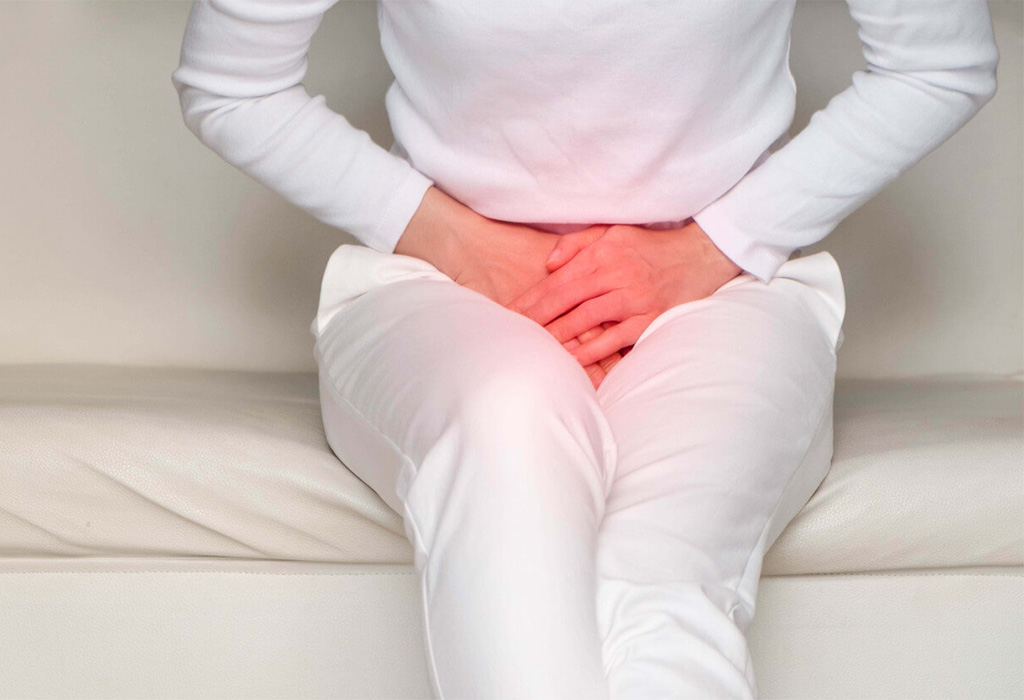
What Is Urinary Incontinence?
Urinary incontinence is the involuntary leakage of urine and may feel like a loss of bladder control. It occurs more often in women than in men especially after childbirth and menopause. It is also common among elderly. This condition can also be transiently caused by Urinary Tract Infection (UTI) or last longer and be a chronic condition like Overactive Bladder (OAB). If urinary incontinence affects your lifestyle and daily activities, get it treated. The situation can improve.
Symptoms/types Of Urinary Incontinence
Symptoms and types of urinary incontinence include stress incontinence (urine leaks when exerting pressure on your bladder by a certain activity like exercise, coughing or sneezing), urgency incontinence or OAB (sudden compelling desire to pass urine that is difficult to control, followed by uncontrollable urine leak), overflow incontinence (frequent and constant dribbling of urine due to a overfilled bladder), functional incontinence (a physical or mental impairment that prevents you from making it to the toilet in time) and mixed incontinence (experiencing more than one type of urinary incontinence). Lastly, total incontinence is a continuous leakage of urine, and can be due to an abnormal connection between the bladder and another organ e.g. vagina.
Diagnosing Urinary Incontinence
A urinalysis to check for signs of infection or blood traces is done together with a bladder diary. A bladder diary will record how much you drink, your output of urine and when you urinate. The doctor will also perform a post-void residual measurement using an ultrasound to check if there is leftover urine in your bladder after you urinate. Sometimes, a detailed pressure flow study of the bladder needs to be done. This is a Urodynamics Study (UDS)and will enable the doctor to diagnose you accurately.
Treatments For Urinary Incontinence
Treatments for urinary incontinence will depend on the cause of urinary incontinence and the type of urinary incontinence. There are many ways to treat urinary incontinence. General measures include: Bladder training, fluid and diet management, pelvic floor training.and biofeedback. Medications are mostly for urgency incontinence such as anticholinergics and beta3 agonists e.g. mirabegron (myrbetriq). More details for treatment for OAB are included in the OAB section (insert link). Other medications for overflow incontinence includes muscarinic agonists and alpha blockers. Interventional Therapies and Surgery listed here are specific for stress incontinence:
-
Tape Procedures
-
Sling Procedures
-
Prolapse Surgery
-
Bulking Agents
-
Artificial Urinary Sphincter
A small tape is placed around the urethra and the area of sphincter muscle, where the bladder connects to the urethra. The tape is made of safe synthetic material.. This helps to keep the urethra closed and improves support. This procedure,for women is called a Tension-Free Vaginal Tape (TVT) or Transobsturator Tape (TOT).
This procedure called a pubovaginal sling involves making an abdominal incision to obtain the body’s own natural tissue. This tissue is then placed around the urethra used to provide support to the urethra and bladder neck. Natural tissue avoids any complications associated with mesh.
Prolapse surgery may be done in combination with a sling procedure if the female patient presents with stress incontinence and pelvic organ prolapse.
This is a minimally invasive option for those who are not keen for an invasive procedure. It can also be used as a second procedure for someone with recurrent incontinence. An example of the material used for injection is Deflux.
This surgery is more commonly done in men. A small, fluid-filled ring is implanted around the bladder neck to keep the urinary sphincter closed until the patient has the urge to urinate. In order to urinate, patient will need to press a valve implanted under the skin that causes the ring to deflate and allowing urine from the bladder to flow.

